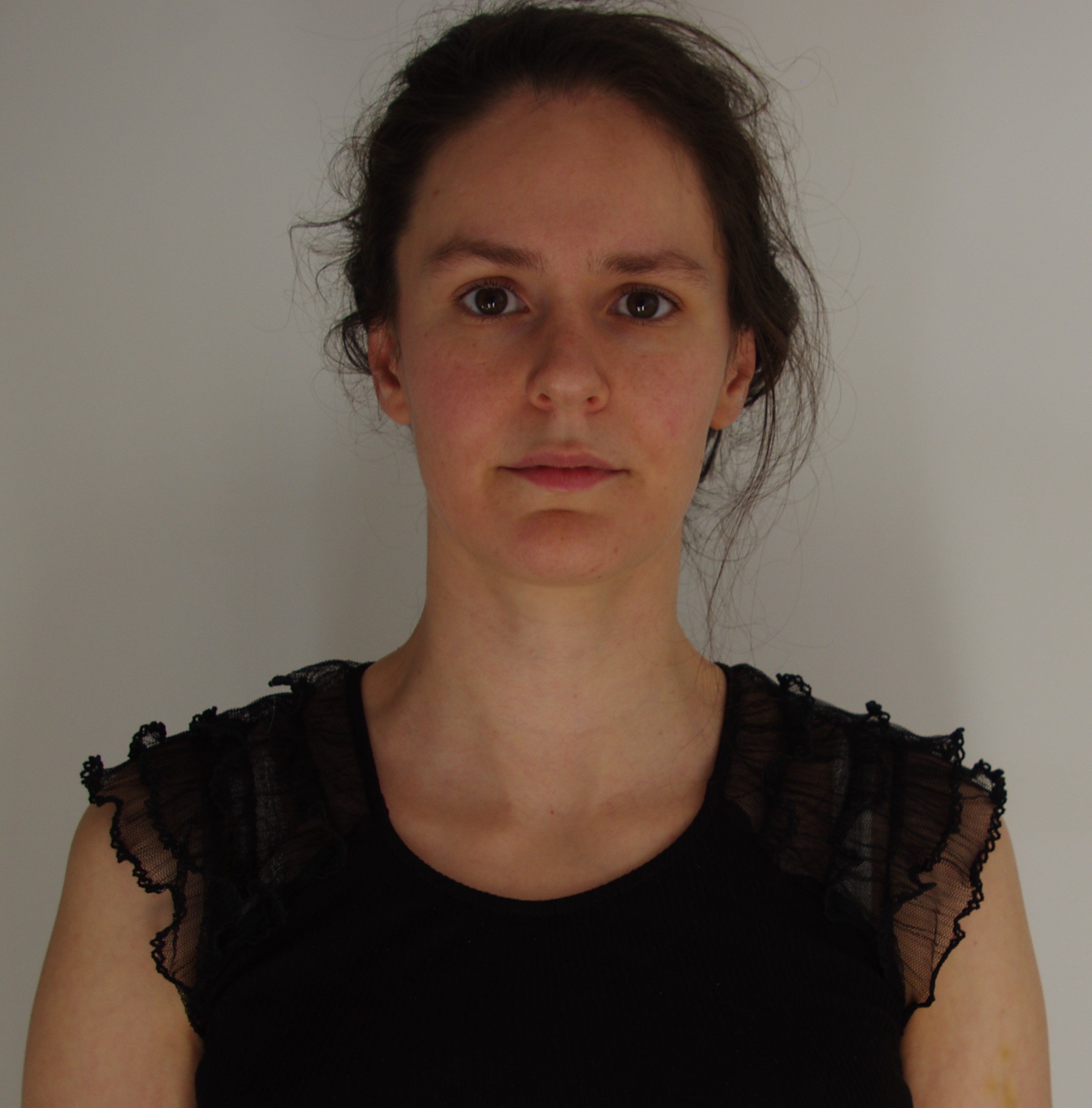
Biography:
Alice Diaz Chauvigné is a third year student in the Anthropology department. She is a zooarchaeologist, trained at the Museum national d’Histoire naturelle (Paris), and focuses on transitions between pre-Columbian and Early colonial periods in Northern South America. She lives in Santa Marta (Colambia) and learns filming and editing in her free time.
Project: Webs of interactions among sentient beings in the Sierra Nevada de Santa Marta (Colombia): an ethnoarchaeological project
Diaz Chauvigne examines the history of human-animal relationships in the mountain range of the Sierra Nevada de Santa Marta (Colombia) for the past 600 years, with an emphasis on their roles in politically turbulent encounters. The goal of her research is to understand how sentient beings are classified and hierarchized, and the ways in which said hierarchies competed politically to shape the Sierra Nevada de Santa Marta at different moments in time. She focuses on transitions and transformations between the pre-Columbian and colonial periods (15th and 16th century); the so-called independence period (1810-1840) and the recent civil war (1960 – present). She uses archaeological and ethnographic methods - principally a micro and macro study of bones (human and animal), DNA and isotope analysis, and a zooarchaeological comparative collection (a “library” of animal skeletons) that includes ethnographical media material.
The goal of her preliminary field research of September-November 2021 was twofold. Firstly, she worked to build said comparative collection in collaboration with local empirical experts in the Sierra Nevada de Santa Marta - such as hunters and fishermen. In addition to processing the skeletons, she filmed human/animal interactions and interviewed empirical experts. This allowed her to understand the ways in which human/animal relationships are materialized and understood. Secondly, she performed a preliminary archaeological survey and topographical mapping of the site she excavated in May of 2022. The remains obtained through the excavation were studied with the aforementioned zooarchaeological comparative collection.
 THE UNIVERSITY OF CHICAGO
THE UNIVERSITY OF CHICAGO

